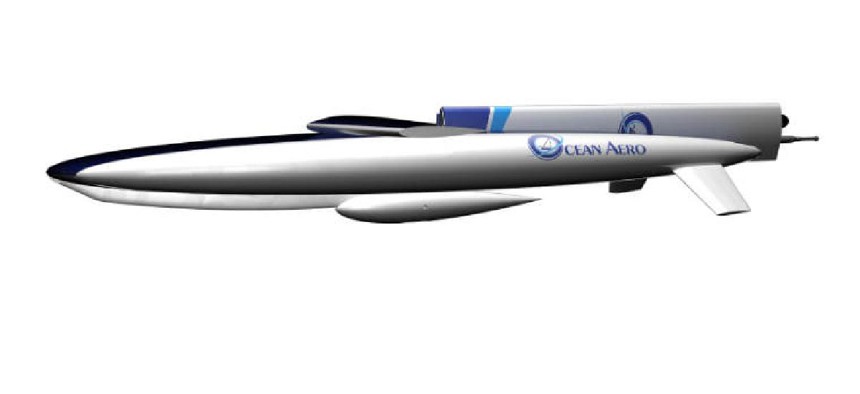Interest is growing in unmanned maritime systems
Lockheed Martin's investment in Ocean Aero is just the latest sign that the market for unmanned maritime vehicles is heating up.
The unmanned maritime vehicle market is heating up amid expectations the Navy will gear more of its investments toward autonomous, robotic platforms that operate at sea and depths well below the surface.
Those expectations plus projections that forecast budget growth have spurred blue chip defense companies to place bets of different shapes and sizes over the past three years on the emerging autonomous domain. Some like Boeing, General Dynamics and L3 Technologies have acquired unmanned sea vehicle makers to gain more of a footprint in the market.
Lockheed Martin has its own portfolio of underwater vehicles, but its venture capital arm has found an excited partner in San Diego-based maker Ocean Aero to accelerate development and disruption in this market. Founded six years ago, Ocean Aero has received two investments from Lockheed Martin Ventures in the past 12 months.
Terms of the transaction remain undisclosed. But as Ocean Aero CEO Eric Patten recently put it to me, the envisioned value of the partnership goes beyond simply just finding a growing market and placing a bet there. Instead, this also aims to put Ocean Aero at the forefront of an entire revolution in the maritime domain that is seeing the technology change and Navy customer attitudes change as well.
Think of that maritime revolution as similar to what happened in the unmanned aerial arena when General Atomics unveiled its truly game-changer Predator aircraft in the 2000s, Patten said.
“That has changed people’s minds that they can do things with drones and with robotics, and they’re not replacing people but are actually complementary to the mission and tasks at hand,” said Patten, himself a retired Navy officer.
“We’re seeing those (maritime) entities are starting to come around and really be interested in getting a better return-on-investment using a drone and not having to put people at risk,” he added. “That cultural shift is happening.”
Budget shifts are also happening to reinforce that cultural shift. For the soon-to-start 2019 fiscal year, the Navy sought a $1 billion funding boost for unmanned systems to $3.9 billion. Underpinning that is an increasing collective understanding among senior Navy leaders of what unmanned vehicles can do what manned platforms cannot, Patten said.
That opens up the aperture for unmanned vehicles to go on deep-sea missions and complement what manned submarines in particular do, he said.
“What we’re doing is starting to give the freedom to explore (and) accelerate that exploration by providing these long-term, long-range, long-persistent vehicles that can go out there for a period of time,” Patten said.
Ocean Aero’s flagship Submaran vehicle is powered by wind and solar energy and is built to travel at and below sea for months at a time on missions involving scientific data collection and ocean observation.
The company plans to use the investment from Lockheed Martin Ventures to accelerate research-and-development and production of Submaran to eventually lead to manufacturing larger quantities of the vehicle, Patten said.
But how do both sides of the equation take something out of it, particularly a legacy defense company like Lockheed and an emerging player like Ocean Aero? Lockheed’s vast customer base in defense and intelligence agencies opens up to Ocean Aero through the partnership, Patten said.
In turn, Lockheed gains “access to our technology. They can take their sensors and integrate them into our platforms and open up their portfolio of offerings,” he said. “They want to see these breaking edge and bleeding edge technologies succeed.”
NEXT STORY: DOD previews new cyber strategy






